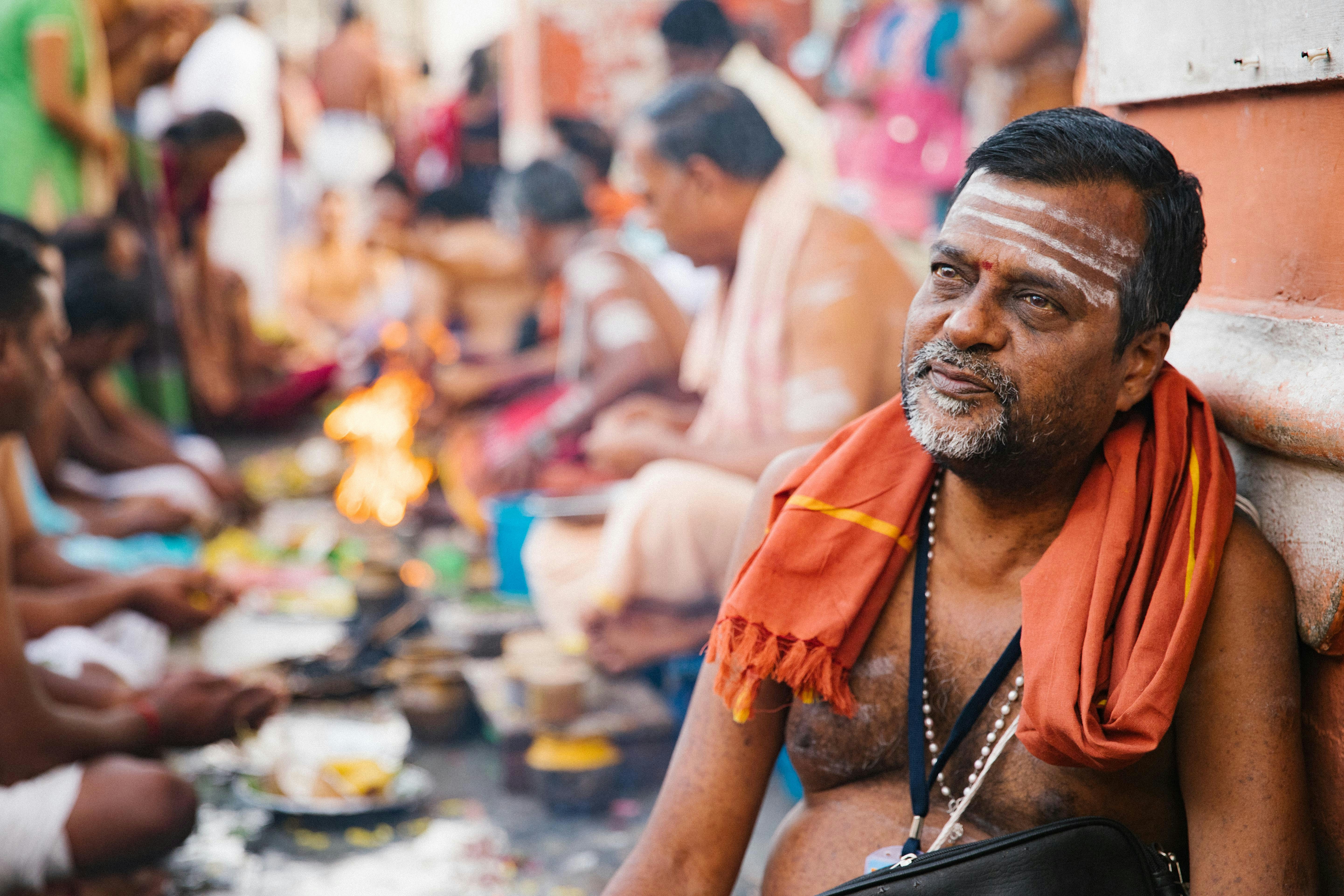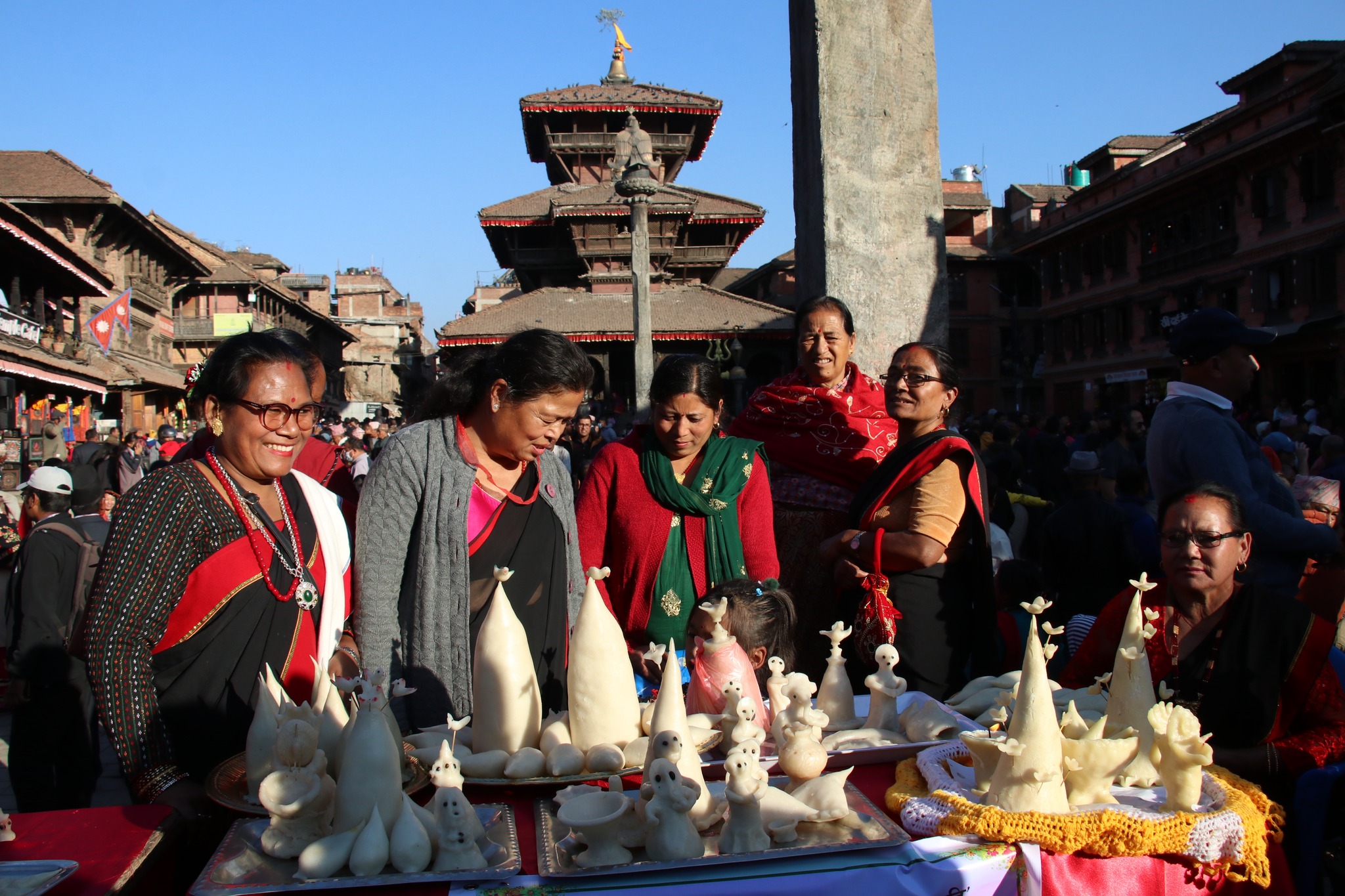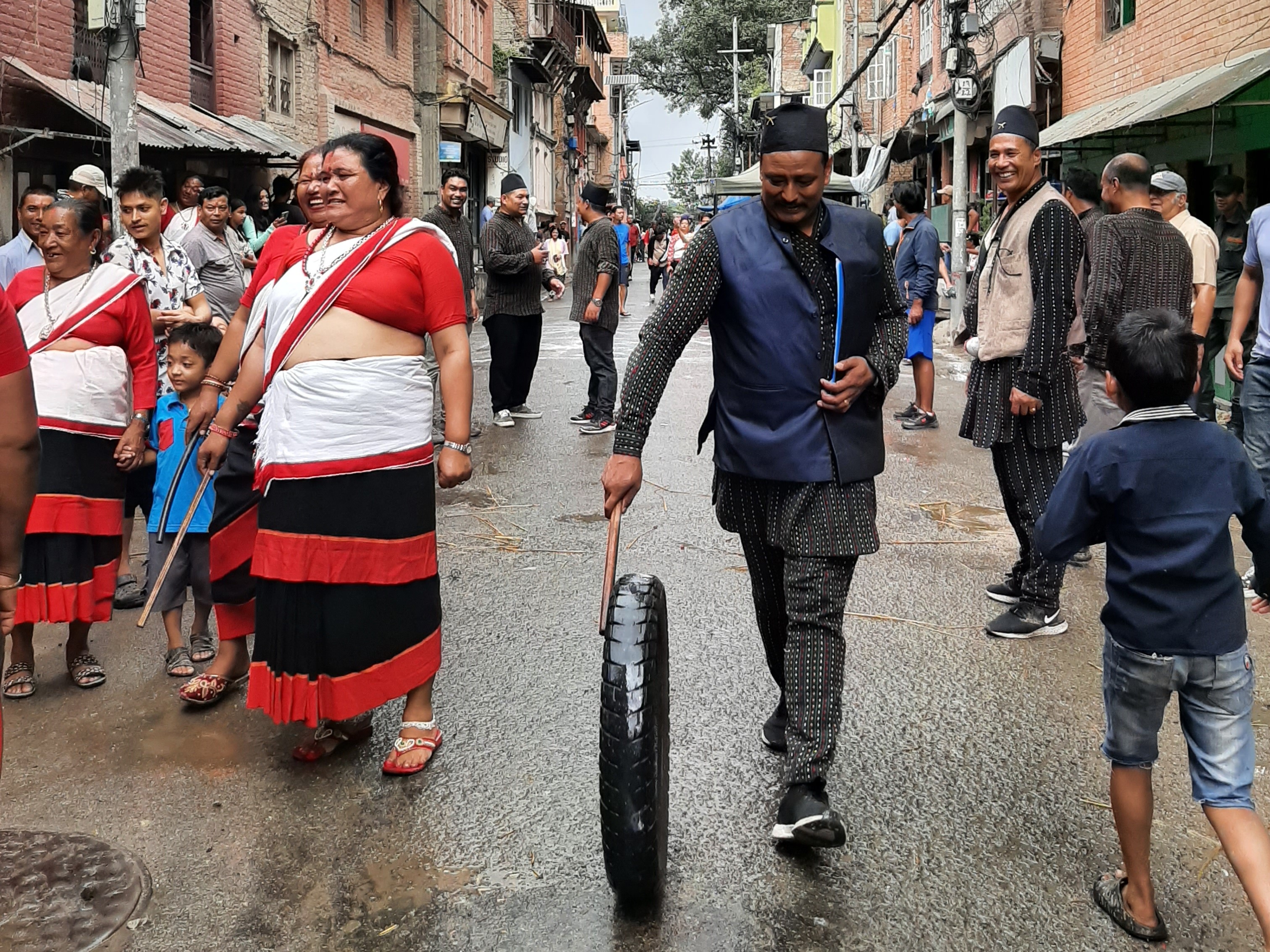It’s almost midnight but we stand in the slow-moving queue, waiting for our handprints to be taken for the first sculpture made for the moon.
“Why the moon?” asks a fellow attendee.
“Why not?” says Anilore Banon, the sculptor.
The moon has no national boundaries, and we, as humans, have lived looking up at its changing phases in the night sky for generations. It has witnessed our doubts, our creativity and our achievements. Called VITAE, Anilore’s art and science project seeks to bring together people around the world and inspire them with the knowledge that when we unite and work together, we can make improbable, and sometimes even impossible, dreams come true.
Anilore is a nomadic blacksmith, whose monumental works (Les Braves in Omaha Beach, Normandy, also an art and science collaboration; 10 Commandments For A New Millennium in Place Vendôme, Paris) have become landmarks. Each of them shows her belief in the immense power people have to bring the impossible within reach.
“Setting is important to me. The moon would be the perfect venue for what this sculpture is meant to be: a symbol of unity,” said Anilore at an event in CERN’s Globe of Science and Innovation, Switzerland, on 24 May, where the ‘May I Have Your Hand’ part of the VITAE Project was officially launched.
VITAE is a ‘living, breathing’ sculpture made for the hostile lunar environment where a day and night each is about two earth-weeks long and temperatures fluctuate between -170°C and + 120°C. The materials used are radiation-hard as the artwork is designed to last 10 years on the moon, after which it will be returned to the earth. Anilore is working with a team of scientists which include Jean Audouze, astrophysicist and Research Director Emeritus at the National Centre for Scientific Research in France. The scientists conducted feasibility studies that included thermal, optical and mechanical simulations. They also made a Moon Box which allows Anilore to test the material and design of the artwork in a lunar environment.
Based on how a moon flower blooms at night and shrinks in the day, VITAE, which is solar-powered, will close during the lunar day and bloom during the lunar night. The sculpture has two parts: the Cocoon and the People. The People are its filaments and the Cocoon, its petals.
The People is made of shape memory alloy and will move according to the sun’s heat. It houses the electronics which include a light beacon, HD camera and two-way communication units. Solar rays will power and send a small pulse of green light visible from the earth at certain times. The Cocoon, when unfurled will reveal the million collected handprints from the earth.
“To gather a symbolic number of one million people as a trace of humanity through their handprints on a ‘breathing’ sculpture and send it to the moon would be a formidable echo to Albert Einstein’s words – science and art are the only effective messengers for peace. They tear down national barriers, are far better assurances of international understanding than treaties,” says Anilore.
The influence of science on art and vice-versa, though not easy to quantify, has always been apparent. Among the most illustrative is the connection between science fiction and space travel.
In 1865, when Jules Verne published From the Earth to the Moon about humans travelling to the moon, it was unlike any story that had been written before. Verne’s artful language and description, based on his research, utilized the mathematical and scientific knowledge of the time and inspired generations to dream of travelling to the moon. Among them were Konstantin Tsiolkovsky, whose “rocket equation” is the basis of rocket science; Hermann Oberth, considered a founding father of astronautics; and Wernher von Braun, prime architect of NASA’s Apollo programme.
On 23 July 1969, on a tv broadcast to the earth from Apollo 11, Neil Armstrong said: “One hundred years ago, Jules Verne wrote a book about a voyage to the moon. His spaceship, Columbia, took off from Florida and landed in the Pacific Ocean after completing the trip to the moon. It seems appropriate to us to share with you some of the reflections of the crew as the modern-day Columbia completes its rendezvous with the planet earth and the same Pacific Ocean tomorrow.”
Neil Armstrong’s handprints were among those Anilore collected in 2012 for VITAE’s test flight to the Edge of Space, the boundary between space and the earth’s atmosphere. Armstrong passed away in August that year, two months before the test took place. The sculpture was launched from Omaha Beach where Anilore’s Les Braves stands against the tide. Armstrong’s handprint returned from the Edge of Space. It will be among the million handprints sent to the moon in the final phase.
Les Braves, which was installed in Omaha Beach, France, in 2004. Anilore worked with engineers and scientists to determine the sculpture’s material for it to withstand the harsh environmental conditions of the setting.
Armstrong was the first person to walk on the moon. VITAE aims to be the first deployable artwork exhibited on the moon. This year, astronauts on the International Space Station will test the artwork’s material and deployment system. While this is going on in space, VITAE’s team will be collecting handprints on the earth via the internet, exhibitions and other events around the world.
The final launch and installation of VITAE is still being discussed. The price of sending anything beyond the earth’s atmosphere is determined by weight. According to Shaun Whitehead, a scientist who has been working on the artwork with Anilore, sending a kilo to the moon costs around a million US dollars. The VITAE team is considering crowdfunding, approaching space agencies and newly-begun space tourism companies for the sculpture’s final deployment. The sculpture in compressed condition can be as small as 12 cm high and 12 cm in diameter but the final dimensions of the lunar sculpture can be 1.5m to 4.5m diameter.
If you would like to contribute to VITAE and send your handprint to the moon, for 5 Euro or more, you can upload it on a website, receive a personal certificate, and/or a limited print of the artist’s drawing. Visit www.vitaeproject.com or myhand.vitaeproject.com
(The writer is based in France.)
***
Opening image: VitaeProject by Anilore Banon, 3D image by Gael Perrin
***
Also read
























